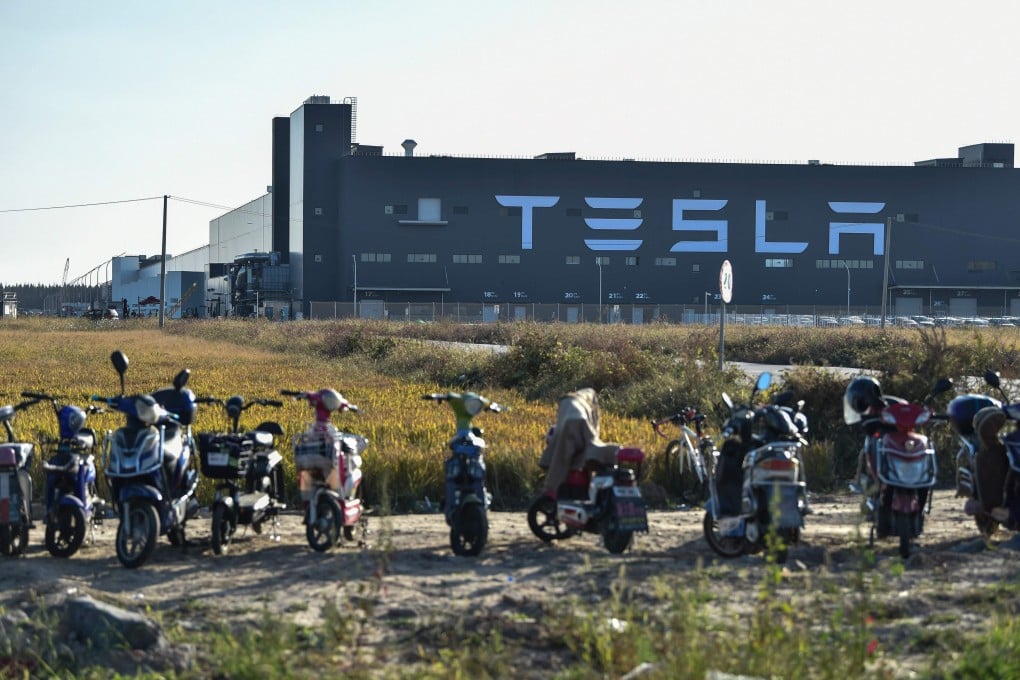Advertisement
The naysayers are wrong about China’s economy. It really is capable of growing much faster
- Many Chinese economists oppose monetary and fiscal stimulus, citing factors like population ageing. But their arguments are far weaker than the case for expansion: whatever the economy’s potential, China is performing below it
Reading Time:3 minutes
Why you can trust SCMP
0

In November, I pointed out that, since the global financial crisis a decade ago, China has allowed annual GDP growth to fall gradually from over 10 per cent to nearly 6 per cent. While a decline was appropriate, I wrote, it is time to stem the slowdown with expansionary monetary and fiscal policies. Unexpectedly, my view sparked a heated debate among influential Chinese economists.
Many have rejected my proposal, offering a long list of justifications for their disagreement. For starters, they argue, China has tried to use fiscal and monetary expansion to stimulate growth before, with limited success. And with the Chinese economy having reached a “new normal” of slower growth, owing to long-term structural factors like population ageing, there is little reason to believe that this time would be different.
Expansionary fiscal and monetary policies might even make matters worse for China, because they could hamper supply-side structural reforms, such as by propping up inefficient “zombie firms”.
At best, my critics contend, monetary and fiscal stimulus would deplete China’s policy space, which isn’t exactly robust to begin with. Because China’s supply of broad money (M2) is already very high relative to its gross domestic product, expansionary monetary policy would lead not to higher investment and consumption, but to inflation, asset bubbles and heightened financial risk.
On the fiscal front, my critics note, local governments may have accumulated large “hidden debts” – totalling more than 40 trillion yuan (US$6 trillion), by some estimates – which drastically raise the risks of fiscal expansion. Moreover, they insist, there is little room left for infrastructure investment.
Advertisement
